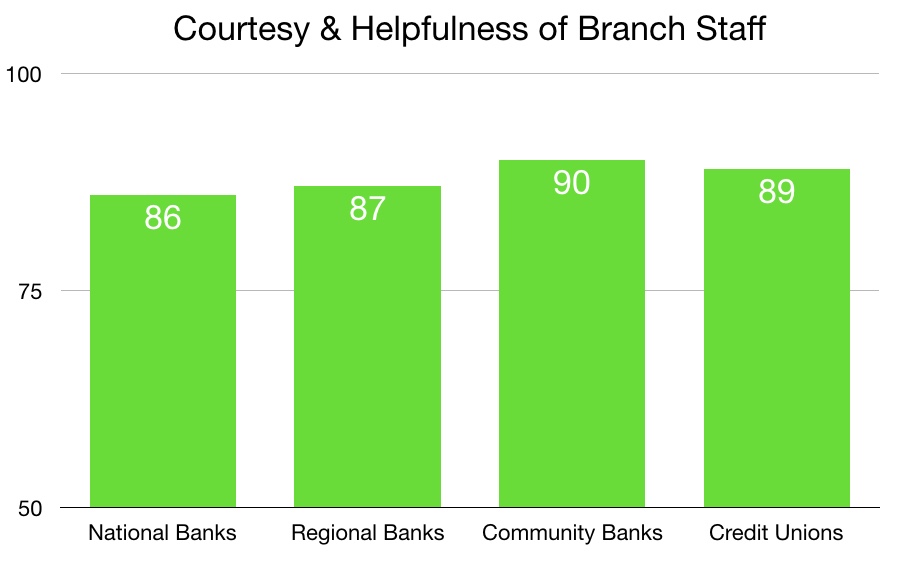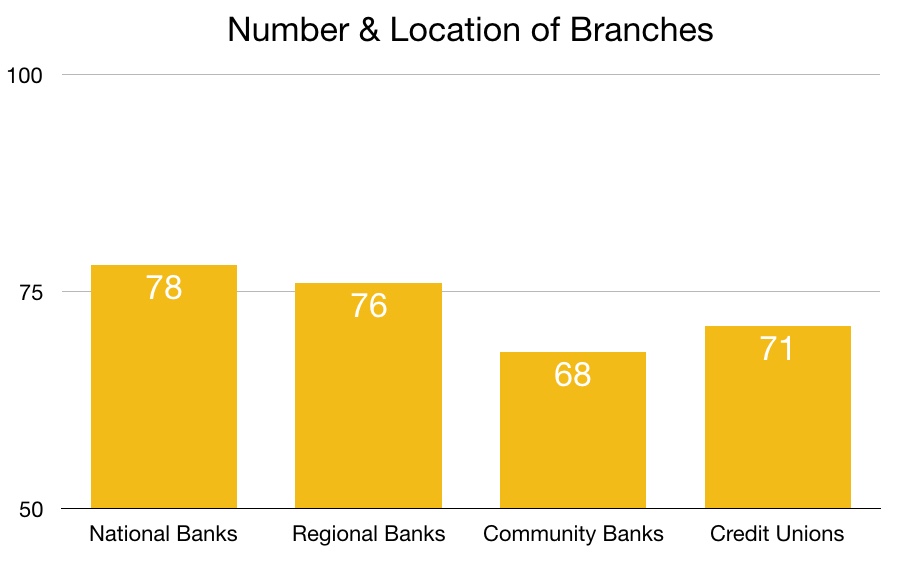I distinctly remember the first time I apologized on behalf of America.
It was 1995 and I was living in Dublin, Ireland. I wandered into a gift shop near Grafton Street to purchase some Waterford crystal to send home to my mom.
As I walked around the shop, I observed another customer berating an associate. This lady was RUDE. She obnoxiously demeaned the employee while constantly stating that she was an American.
As if being American entitled her to treat people with utter disrespect.
The associate politely tried her best to help the customer. She was calm, patient, and kind, though I could tell she was unnerved by the customer's outrageous behavior. Amazingly, she kept her cool until the customer eventually stormed off.
The customer was an embarrassment. What if word got out that all Americans are this boorish? As an American, I felt compelled to apologize to the associate for the rude customer and assure her that we aren't all this way.
A study published in the May 2017 Journal of Service Research suggests the retail associate's reaction to the rude customer prompted me to be supportive.
Here's why that's a thing.
Our Instinctive Reaction to Rude Customers
Being polite to a rude customer is not easy. It's not even natural.
Most of us instinctively experience the fight or flight reaction. Our normal response to a rude person is to fight back (with words, presumably) or flee the situation. The norms of customer service don't allow us to do that.
We're supposed to smile and take it, just like the retail associate did when confronted by that rude customer.
It can get even worse when other customers are watching. A demeaning customer might trigger feelings of embarrassment that cause us to lash out in defense of our pride. It's a completely normal reaction, yet completely unacceptable in customer service.
The amount of emotional intelligence required to be good at customer service seems severely underestimated when you consider situations like this!
It takes a lot of effort to be polite to a rude customer, though my experience in Ireland shows there's an added benefit to making the effort to be polite in the face of rudeness.
The next customer will like you even more.
Why do customers think they can be rude?
There are a number of causes for customers’ rude behavior.
One is a basic bit of psychology. The emotional part of our brain can act as a sort of gatekeeper for the rational part of our brain. When people get upset about something, such as a frustrating service failure, our emotional brain takes over and clouds our rational judgment.
That’s why you can see a customer getting very angry over something that doesn’t seem like a big deal.
Another is the notion in American service culture that the customer is always right. Some people take this to mean the customer is superior to the employee, and people often act this way.
I did some research to discover the origin of “the customer is always right” saying. My discovery might surprise you—that’s not the original quote! It had been changed over time.
The original saying reminded employees not to argue with customers, even when they’re wrong.
The Best Way to Handle Rude Customers
Researchers have discovered an unexpected benefit to being polite, yet assertive while serving a rude customer.
The study was authored by Alex Henkel, Johannes Boegerhausen, Rafaeli Anat, and Jos Lemmink. They conducted a series of experiments to see how an observer reacted to a customer being rude to an employee.
In one experiment, participants watched a video of a customer service interaction where the customer was rude. The video showed the employee reacting one of four ways:
The employee was rude to the customer
The employee was polite to the customer
The employee politely, yet assertively admonished the customer
The employee asked the customer to leave
Participants were then asked to evaluate the employee's customer service. Compared to the rude employee, researchers found observers rated the polite employee 65 percent higher. The polite and assertive employee was rated 69 percent higher than the rude employee.
This shows that politeness in the face of incivility prompts observing customers to feel compassion for the employee.
So treating a rude customer with respect isn't just about serving that customer, it's about serving every other customer who happens to be watching!
Here are a few steps you can take:
Recognize your own, instinctive reaction to a rude person.
Resist the temptation to act rudely back to the customer.
Calmly and politely assist the customer.
If the customer crosses the line and becomes abusive, assertively ask the customer to stop.
Remain professional at all times.
While this seems like simple advice, I’ll be the first to admit it’s easier said than done. When I did research for my book, Getting Service Right, I learned that negative emotions from rude customers can be highly contagious!
Take Action
It can be tempting to ignore rude customers who complain about your business online, but that’s a mistake. People observing your responses will like your business more if you reply in a polite and assertive way.
There are a few other ways that replying to online reviews can attract more customers.
The hardest part about serving a rude customer, whether in person, or online, is controlling your natural instincts. You can start by learning to recognize the Fight or Flight Instinct. This short video will show you how.
Serving rude customers isn't easy, but you'll find most other customers will be on your side if you handle the situation correctly.























